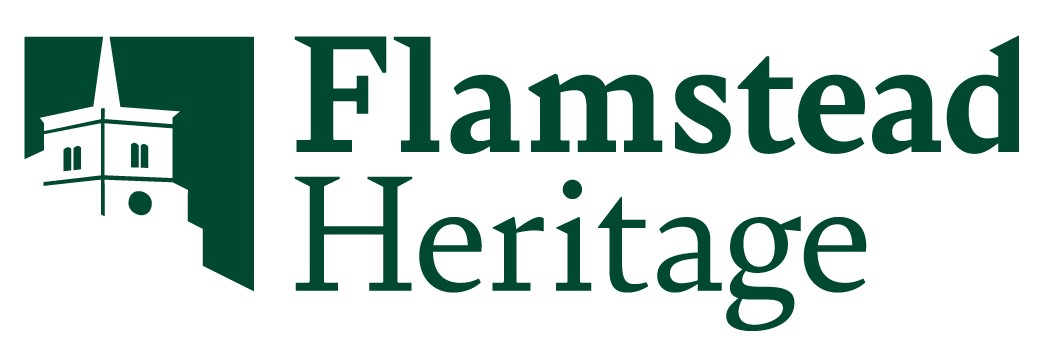The big question for most church fundraising groups is likely to be “how do we raise THAT much?!” 90% of rural churches are listed buildings, so it’s probably a nationwide nightmare. This blog describes our struggle to solve a major fundraising problem. And it’s a race against time, because the building is threatened with closure…
There are no easy answers to the big question. If the problem can be solved by fundraising up to say £100K, then it may be that local efforts plus approaches to dedicated funds and trusts is the best way to go. Hard work, but perhaps not as demanding as the alternative. For bigger amounts, the Heritage Lottery Fund (HLF) seems to be the only show in town. Their Grants for Places of Worship scheme closed in August 2017, so churches are up against Lighthouses and Libraries in bidding for funds. Assessment is based on a “value for money” assessment, which translates to “if we help you save the heritage, can you get more people involved?”
At first we felt that meant focusing sideways rather than focusing upwards. Rather than asking “how do we mend the roof?” we had to start asking “how do we better interpret the heritage?”. But gradually we realised that this was forcing us to confront the question of how to use the church building more effectively. Being forced to think about ways to engage the broader local community isn’t such a bad idea. And if HLF buys into the Activity Plan then it will actually fund the kick-starting of these community engagement projects.
Of course, mending the roof doesn’t go away – so in fact you have to be prepared to cover both angles. Working up an HLF bid looks to be really challenging. If we succeed, the time spent on the Heritage Outcomes will have been worth it. But if we fail, we’ll have wasted a whole load of time and additional effort. That’s the big dilemma which faced us and no doubt many others in this position. In our case we actually have no choice: the amount of money we need means that we have to approach HLF. (Quite why they are the only big funder is probably a story for another day!) Having made that decision, we’re now developing a Positive Mental Attitude towards thinking of new ways to engage people with the building!
The competitive element and risk of failure can’t be overlooked – but that applies to all fundraising efforts. We’ll have to make a good case even to smaller funds and trusts. Even though we’re approaching HLF we still need to raise matched funding from elsewhere.
So the choice really seems to comes down to how much you need. If you can self-fund, or raise it from funds and trusts, that probably involves a lot less time and effort. But it won’t necessarily force you to spend time thinking about wider community engagement. If you approach HLF, you have to cover off the funds and trust as well, and you will have to find new ways to connect the building with people. Is that a bad thing? Well, when the clock’s ticking it’s not your immediate priority. But if the alternative is no funding and the roof falls in, then there’s no choice – so make the best of it.
Once that difficult decision was made, we then started to confront the broader challenges. The next question was “how do we go about this, and where do we turn for advice?” Watch this space for more news as our journey progresses…
Details of the Heritage Lottery grant programmes can be found here.
